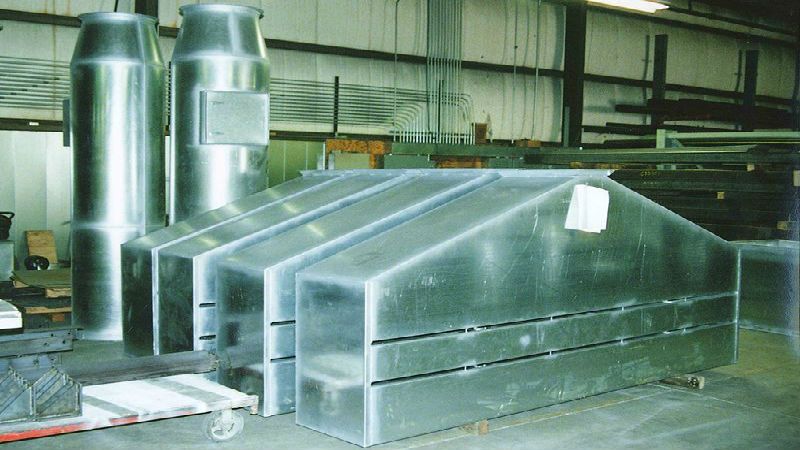There are several advantages to using specific metals and alloys in any type of project or job. Understanding when to use specific materials is critical, but in many cases, there can be multiple choices.
Taking the time to evaluate one material in both the base workpiece, the mating piece and the weld stud will be important in any application. For large and small projects, some metals and alloys are a better match. Stainless steel workpieces and stainless steel welding studs are a good example of this as they are both used in many industries and many applications.
Base Materials
Not all types or classes of stainless steel as suitable for stud welding, even with stainless steel welding studs. The austenitic stainless steels, which are the 300s in grades, are considered the best for this application. Generally, in most applications, the type of workpiece stainless used will be 316, 305 and 304, but other are possible in that 300 grade.
Stainless steel welding studs can be joined to stainless steel or similar types of metals including mild steels. When using mild steels, it is important to ensure that the base workpiece does not have a carbon content that exceeds 0.2 percent.
Preparing the Surface Metal
With Drawn Arc stud welding, special surface prep before welding the stud in place is not required unless the surface of the workpiece is heavily coated with rust, scale or any paint or coating.
In some applications, a center punch may be used to break through this coating prior to stud welding. With extremely heavy coating or when there is excessive grease or coatings that contain cadmium or zinc, it may be necessary to machine or grind the surface to expose the stainless or mild steel of the workpiece before the stud welding can occur.





